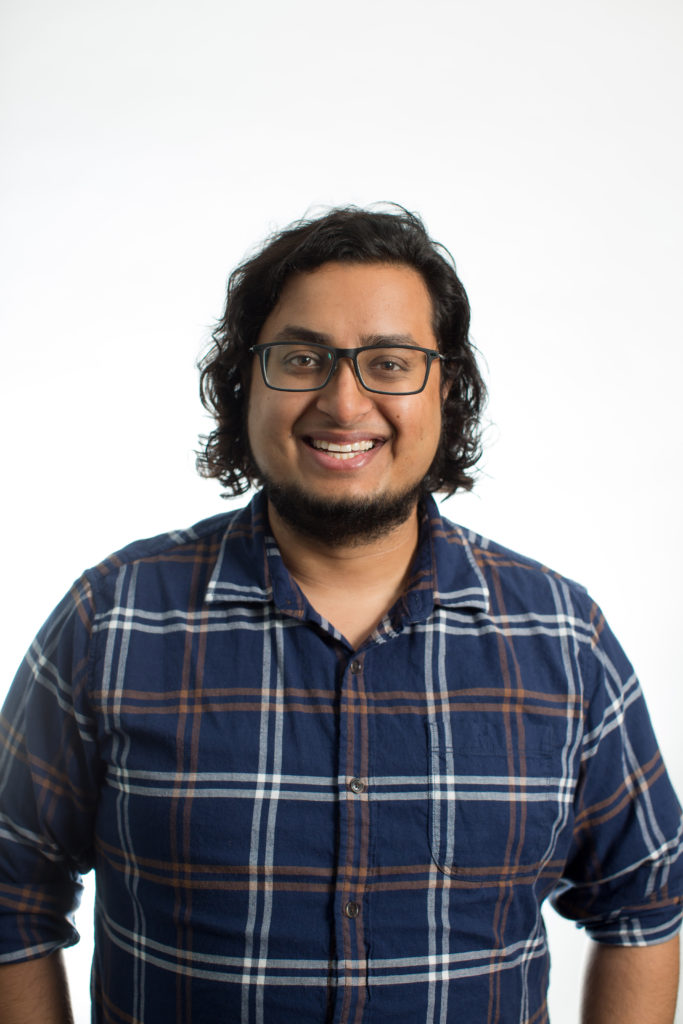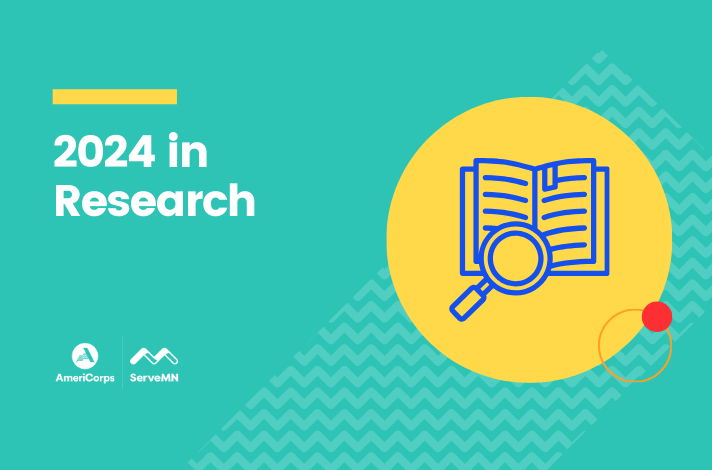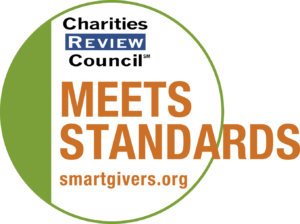Editor’s Note: This is the second story in our monthly series celebrating the 25th anniversary of AmeriCorps by spotlighting alumni of our programs.
When Mayank Gupta graduated from the University of Minnesota in 2013, he knew he was going to have a hard time finding a job in his major field of Bioproducts and Biosystems Engineering.
It wasn’t that he wasn’t getting interviews. Rather, he realized his heart was not into it.
“I’m sure that came off in my interviews,” said Mayank. “It’s my personality that if I’m not interested in something, it’s hard for me to really push and force myself to be interested in the work.”
But an interesting thing happened after a couple of months of what he described as “floundering around” after graduation. He learned about AmeriCorps, and he was intrigued about the opportunity to serve fellow citizens – especially as it related to computers and technology, areas that he’d become growingly interested in as a college student.
“I started poking around and initially was accepted as an AmeriCorps member to Byte Back, a program in Washington, D.C., that provides inclusive tech training to people seeking living wage careers,” he said. “However, once I started looking into the costs, the cost of living and what it would take to move out there, I realized it was not going to work.”
Fortunately for Mayank, he quickly learned about a relatively new program called the Community Technology Empowerment Project (CTEP) that was based at the St. Paul Neighborhood Network. CTEP mobilizes AmeriCorps members to bridge the digital divide, targeting the unique technology and resource access needs of new immigrants. Members serve to develop culturally-appropriate outreach and training materials including computer education, public service announcements and website development. He applied, went through the interview process and was placed as a CTEP member at Sun Ray Library in East St. Paul.
A New Path
Almost immediately, Mayank realized he was on a fulfilling, new career path. He taught small classes to community members who came to the library looking for technology education and help.
“I realized I was on that path when I started interacting with the participants in my program directly. When I started doing my first class at the library and people were actually coming in and I was actually helping them and seeing results, I started thinking, ‘OK, I can actually do something here and make a difference.’” The mission – of helping overcome digital divide – especially resonated once he saw first-hand how little access and knowledge so many people in the neighborhood had with regard to technology.
“For some people that was they’d never touched a mouse before and they wanted to check emails from grandkids or go on Facebook and connect with people. As digital natives, a lot of us don’t even think about that. But a lot of people are getting left behind that way and feel like they can’t do it,” he said. “It was also help with things like Excel, how to make a professional email, how to create a resume and upload it to an email. For a lot of us, that’s second nature, but for a lot of people, they need support to learn it or feel empowered enough to say, ‘Oh, yeah, I can figure that out.’”
Teaching technology helped Mayank realize that he wanted to continue to learn about technology and systems: He was accepted to graduate school in Software Engineering at University of St. Thomas, and he used his AmeriCorps education award to pay for some of his courses while he served a second term in CTEP – this time at the PPL Learning Center in Minneapolis.
However, he pointed out that his fellow CTEP members were from all walks of life before they served – retirees, mid-career professionals, recent college graduates and more – and that advanced knowledge of technology was not a pre-requisite.
“If you are a curious individual when it comes to wanting to work with people but also teaching people how to use technology,” he said. “If you’re able to condense complex subjects into something more people can understand and connect with, that’s huge.”
AmeriCorps as a Career
In his second term at a larger program site, Mayank said he met AmeriCorps members from other programs, including AmeriCorps VISTA and Opportunity Corps, which helped him learn more about the AmeriCorps world. In 2015, with three months left in his service term, Mayank decided to go back on the job market. The first position that interested him? A database assistant at ServeMinnesota, the nonprofit organization that oversees AmeriCorps for the state. He was hired and started a couple of days after his own AmeriCorps service ended.
“On my first day here, I went to the Reading Corps (AmeriCorps) pledge ceremony. I was like, ‘Wow, I just finished two years of service, and now I’m with this great organization, and now there are a thousand people all pledging.’ I felt really grateful for the opportunities I had serving in AmeriCorps.”
He continued to go to graduate school part-time and when his colleagues at work learned about what he was studying, they saw an opportunity to involve him in more complex data management systems work. Since beginning two years ago, he has been promoted twice and is now an Information Systems Analyst at ServeMinnesota, working on projects in different AmeriCorps partner programs, including Reading Corps, Math Corps and MN Alliance With Youth Promise Fellows.
His service in AmeriCorps continues to help daily, he said.
“In our work, there is a process of figuring out which tool meets your needs, and then there’s an opportunity to learn how to manage relationships with vendors and people outside our organization, and I enjoy that. Those are skills I would attribute to being an AmeriCorps member, especially just being able to talk to people and have conversations about their needs and work,” Mayank said.
Service Makes an Impact
Mayank’s AmeriCorps service at CTEP not only paved the way to a career doing what he loves – making an impact in communities and nonprofit organizations while working with technology – but it also opened his mind to what it means to serve a community. Expect to gain new skills and keep learning, he says, and be open.
“I advise having an open mind to what service is and not going in with preconceived notions about what you think it is. There are times when it’s going to be really tough and not fun, and then there are going to be things that surprise you – especially with some of the people you interact with,” he said. “You have to be ready to learn new things and pick things up.” Service can change people in other ways, too, he notes.
“Everyone should do a year of service. If we can get people to get outside their comfort zone, it has huge effects down the line,” he said.
Mayank said he realizes his ambivalence about getting his engineering degree and inability to get a job in that field at the end of college was actually a blessing in disguise.
“I feel like I got lucky that I was in the situation that I was out of school because I was able to do AmeriCorps and learn all of this. It didn’t feel lucky back then, but looking back on it, I am so glad I did it. I loved my service and wouldn’t trade it for the world.”
You can learn more about CTEP and how to apply to the program on the ServeMinnesota website.





